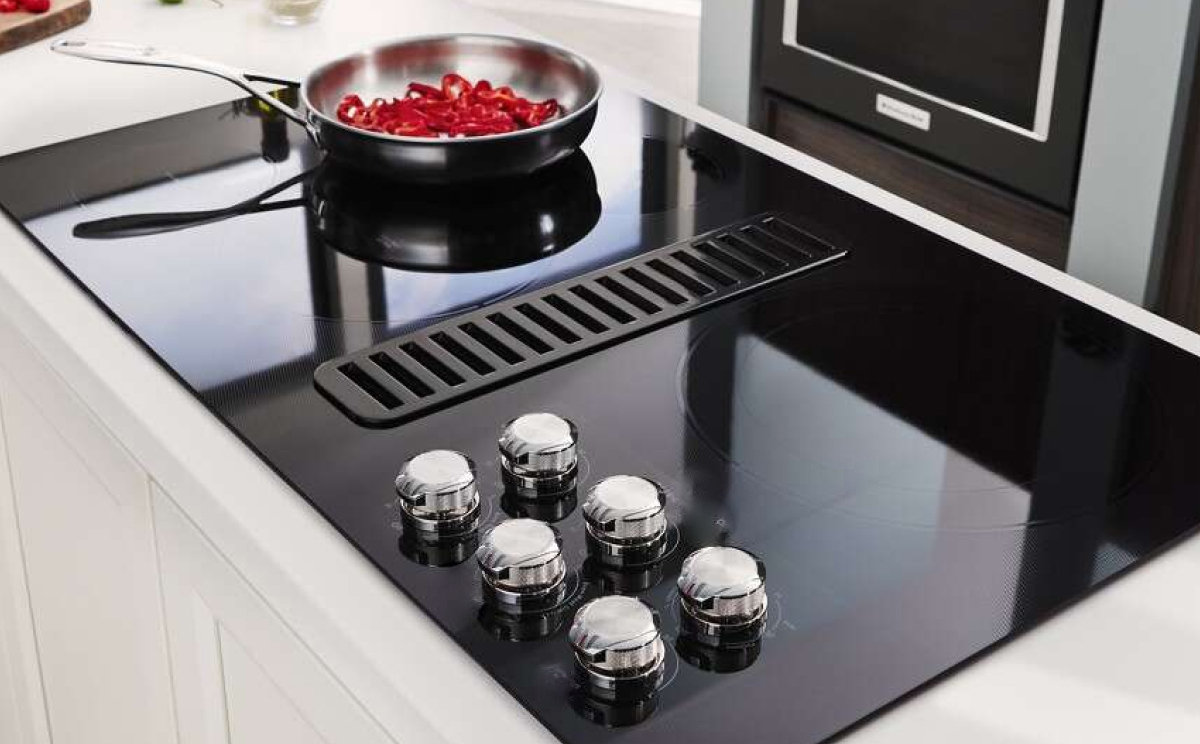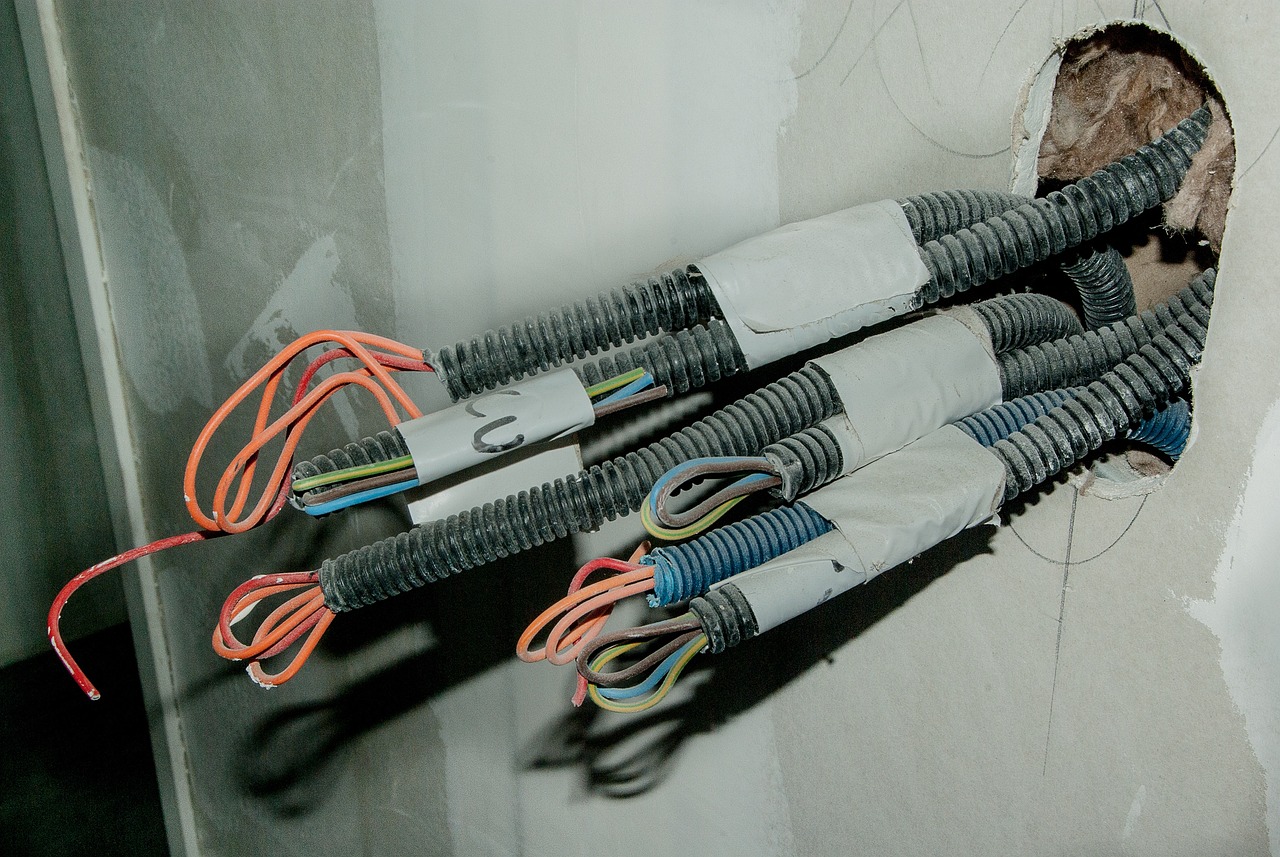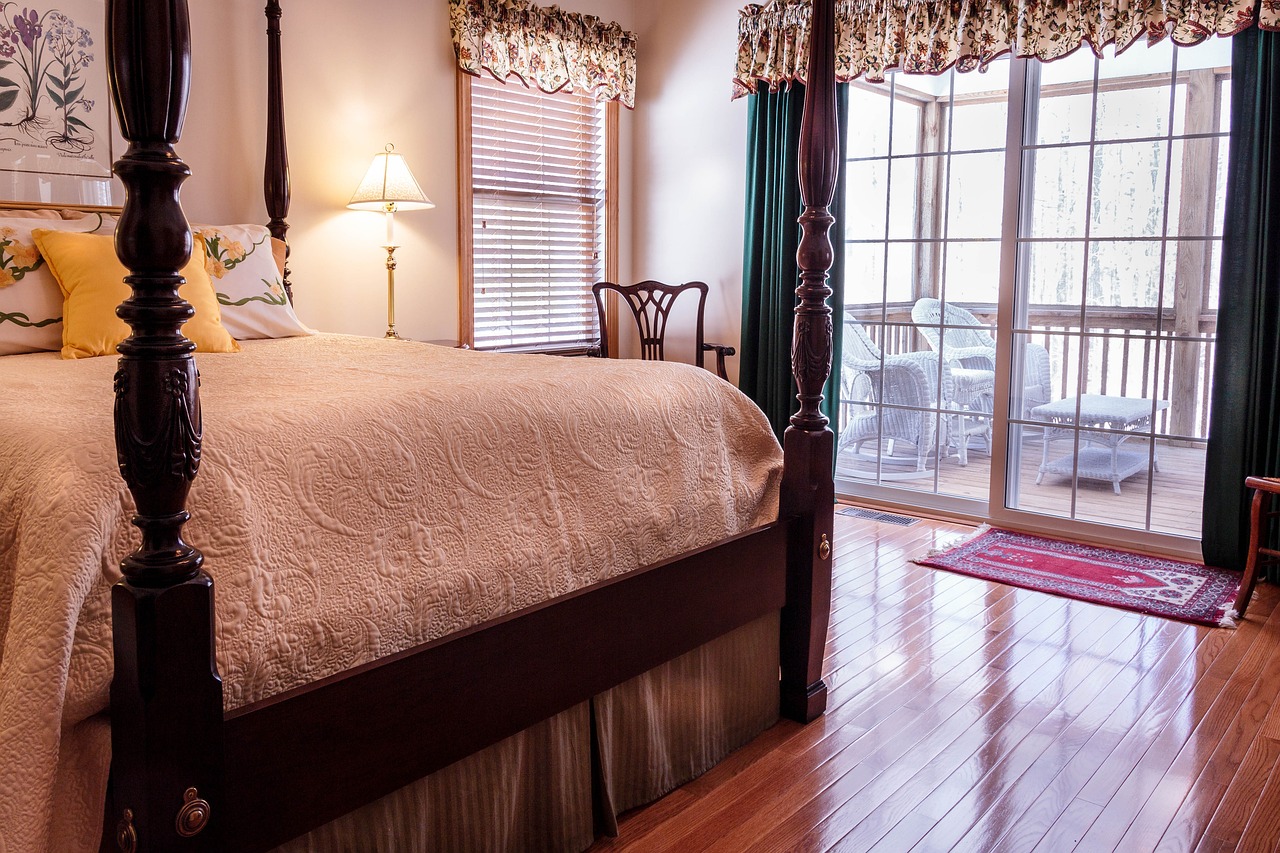Are you thinking of enhancing your fireplace with beautiful materials and finishes? You can use either tempered glass or ceramic glass, which are the two most popular materials. But which is the best option for use in a fireplace?
Here is a summary of everything you need to know before selecting ceramic or tempered glass for your fireplace. Ask your bespoke glass installer for additional details or suggestions that are relevant to your house.
Tempered Glass
In actuality, most glass and steel structures use tempered glass. When making glass, safety is a priority. It is created through a heating and chemical procedure that enables it to be squeezed and stretched in the glass.
Also made of tempered glass are fireplace glass doors. Firewood burns more efficiently because it can handle the heat better. It’s also not a worry that the heat may cause the glass to crack. In fact, it can boost energy efficiency and save you tens of thousands of dollars in electricity bills.
Ceramic Glass
Making ceramic glass involves two steps. The first process involves PyroCeram or NeoCeram, which supports the growth of crystals in the second production. Then, once the crystals’ growth is under control, the glass will grow uniformly. You will get benefit from both ceramic and glass.
It is smoother than tempered glass which may not be the most long-lasting choice for the inside glass walls or table tops. but you can use ceramic glass as a stove insert because it can withstand consistent heat of no more than 1292F or a short duration of 1472 degrees.
For Fireplaces, Ceramic or Tempered Glass
Most fireplaces and wood stoves have glass doors on the front that can be a wonderful decorative element. These doors are often constructed of ceramic or tempered glass. The ideal glass for a stove or fireplace door depends on a number of variables.
Ceramic Glass
Standard glass cannot handle the pressure and heat that tempered glass can. Although it requires a few extra heating or chemical steps, it is made in the same way as ordinary glass. Since fireplaces are typically used with the doors open, tempered glass is commonly used for fireplace doors.
Since indoor stoves are designed to burn wood, pellets, or coal with the door closed, ceramic glass is frequently used in their design as compared to tempered glass. This indicates a higher level of the constant heat, which is typically greater than what tempered glass can withstand. Ceramic glass is made to have a lower resistance as well, which results in a higher rate of heat loss through the glass (which makes sense given the purpose of these indoor furnaces).
Tempered Glass
When it comes to the amount of heat that different types of glass can bear, a comparison of the two demonstrates that there truly is no comparison. About 260 degrees Celsius (500 degrees Fahrenheit) is the maximum temperature that tempered glass can tolerate, while 648 degrees Celsius is the maximum temperature that ceramic glass can withstand (1,200 degrees Fahrenheit).
Which glass you select ultimately relies on your needs and intended uses. However, it is best to be aware of the sort of glass and what it is intended for to prevent any harm to your property or money spent. Long-term savings aside, you’ll also spare yourself the headache of replacing and cleaning broken glass.
One of the top manufacturers and producers of glass goods in China is Northglass. Our glass meets Chinese national safety glass standards as well as Australian CSI, US IGCC, and European CE certifications. Please get in touch with us right away or ask for a quote.
Furthermore, These electrical safety tips will help you maintain a safe home with a quick clean-up and inspection.https://granitecityelectricnc.com/3-simple-tips-for-electrical-safety/



